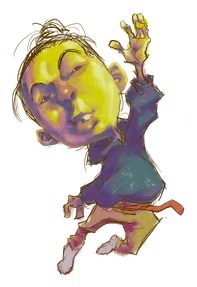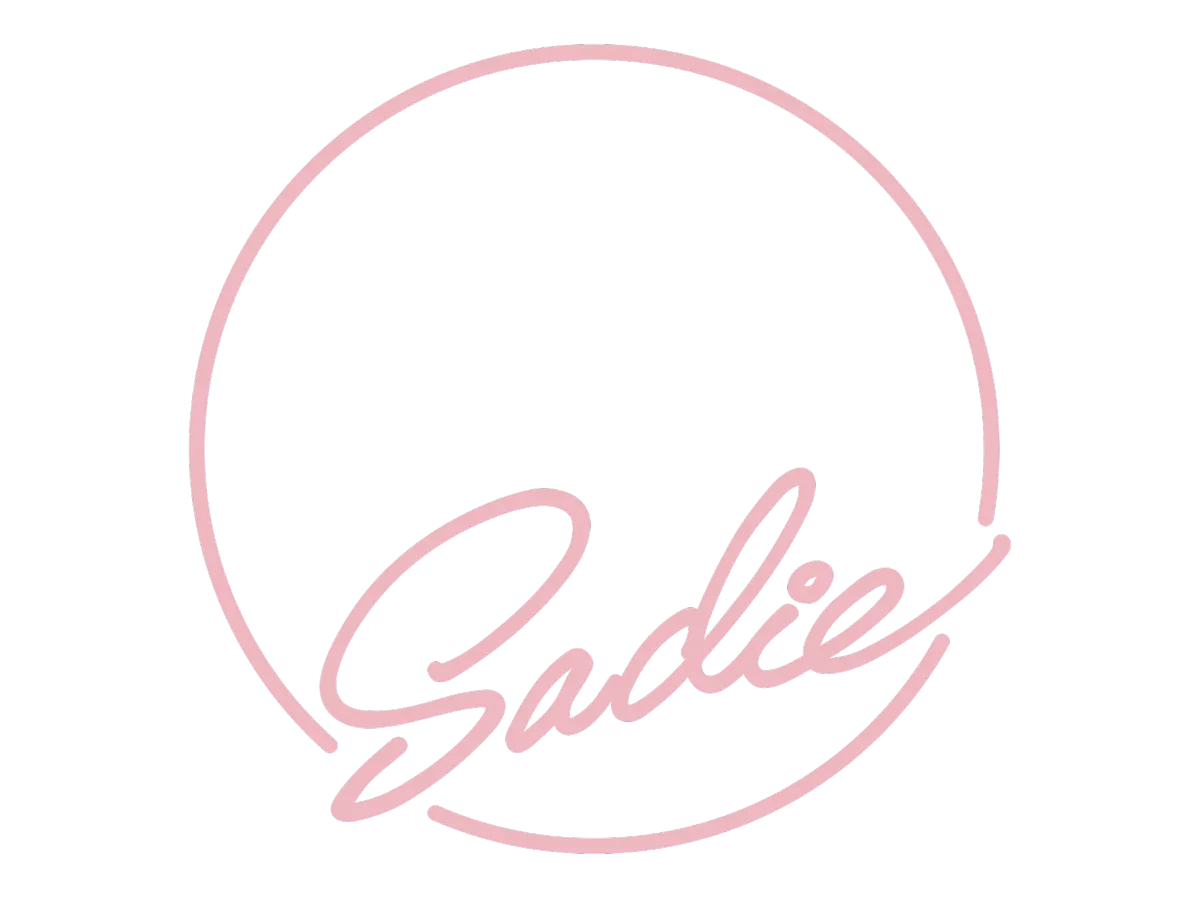
Switching From Adobe to Affinity After 15 Years of Graphic Design Experience
Recently, I made a significant leap: I switched from Adobe to Affinity's suite of creative tools. Having used Adobe products for over 15 years, this was no small decision. I’ve learned almost everything I know about graphic design through Adobe software, so in this post, I’d like to share why and how I made the switch.
The Early Days
The very first design tools I touched were Photoshop and Dreamweaver. Back then, I was tasked with maintaining a website at work, and that’s how my journey with Adobe began. Over time, I picked up Illustrator and a bit of InDesign to create flyers and booklets. I believe I was working with CS2 or CS3, and the internet wasn’t the treasure trove of tutorials it is now. I relied on thick manuals and asked my manager tons of questions. One of my first solo projects was an event flyer for a friend, and I still remember the excitement of opening the freshly printed stack.

With that nostalgic memory in mind, let me explain why I ultimately made the switch. It all comes down to five key points:
1. Adobe and Its Cost-Effectiveness
Let’s be clear: Adobe is still the king. In terms of quality, versatility, and the sheer breadth of what it offers, it’s unmatched. But over time, Adobe’s suite has become somewhat bloated. There’s so much functionality that many designers don’t even realize half of what’s possible—Heck, you can still call yourself a designer without knowing it all.
Since Adobe retired its one-time payment option, the cost has become a big issue for me. At nearly CAD $100 a month for the full suite, you’re paying for features and tools that you may rarely use. As someone who wears many creative hats—from graphic design to animation and video editing—Adobe’s current pricing plan doesn’t cater well to my needs. I might not touch After Effects for months, but when I do, I’m using it nonstop. It all depends on the project I'm working on at the time. Unfortunately, Adobe’s subscription model doesn’t support this kind of usage.
In contrast, Affinity offers a one-time payment. The value I get for that price is incredible, and it made me seriously question why I was paying so much to Adobe in the first place.
2. Affinity to the Rescue
If Adobe is the king, then Affinity is like the local hero—without the castles and servants, but far more approachable and responsive to specific needs. The Affinity suite feels like a redesign of Adobe, but through the eyes of experienced designers. Switching software at this level of complexity can be daunting, but once I learned some Affinity-specific terms and UI principles, the transition was surprisingly smooth.
3. Mobility: A Totally Workable iPad App
Believe it or not, one of the features that solidified my love for Affinity is its iPad app. It runs almost seamlessly on an iPad with a fully optimized interface, allowing me to work on professional-level designs on the go. No need to lug around my laptop. (As a Linux Mint Hackintosh laptop user, this is a game-changer. Graphic design on Linux is, well, ugh… Not fun...)
4. Great Alternatives Are Emerging
Affinity covers Adobe’s main tools: Affinity Photo for Photoshop, Affinity Designer for Illustrator, and Affinity Publisher for InDesign. But what about Adobe’s other software like After Effects, Premiere, and Acrobat Pro?
A few years ago, this switch would’ve been 10 times harder due to the lack of solid alternatives, but today, we have excellent options—even free ones. For example, DaVinci Resolve can replace Premiere, and PDFgear works as a decent Acrobat Pro alternative.
As for After Effects, I’m still looking for a full replacement. Blender comes close and does certain things well but doesn’t quite replace After Effects. For now, I’m still subscribed to Adobe’s After Effects plan.
5. AI Integration – Mixed Feelings
I’m a big fan of AI and use it regularly—not for designing, but for brainstorming, learning new skills, rewriting, and summarizing ideas. I even affectionately call ChatGPT "Chappie" (Seen the movie?). I think I believe AI has a positive role to play in the future of design and our lives in general.
That said, I have mixed feelings about the recent “AI everywhere” trend. Generative AI is fantastic for some tasks, but it comes with potential downsides like software complexity, copyright issues, and inconsistent quality. I don’t always appreciate seeing AI integrated into tools that don’t need it.
That’s why I respect Affinity’s clear stance on AI—they’ve stated that they won’t be integrating AI into their software. It’s not about being for or against AI; I appreciate that Affinity made its stance clear, so users get to decide how to work with AI rather than being forced into using the "pre-AIed" software.
On the other hand, Adobe has updated its terms and conditions with some unclear language about data collection and AI training using user work. I’m not too worried about it at my level, but it still feels a bit sketchy.

Making the Switch Smooth
Here’s what I did to ensure a smooth transition:
I completed a simple but solid project during Affinity’s trial period to test the waters.
I learned the basic Affinity-specific terminology and compared the UI to what I was used to in Adobe.
I prepared for compatibility issues by learning how to import Adobe files and understanding the limitations.
After two months of using Affinity, I’m still learning the finer details. For example, I had a minor issue where exported PNGs had an extra pixel, which I could fix, but it shows that there’s still more to learn. Thankfully, I haven’t encountered anything that disrupted my workflow, and I hope it stays that way.
Final Thoughts
I’m not here to argue which is better—as I said, I still think Adobe is at the top of its game. But for me, Affinity was a much better fit for my needs, especially with the support of free and open-source alternatives. I hope this post helps you reflect on your own situation and consider what might work best for you.



